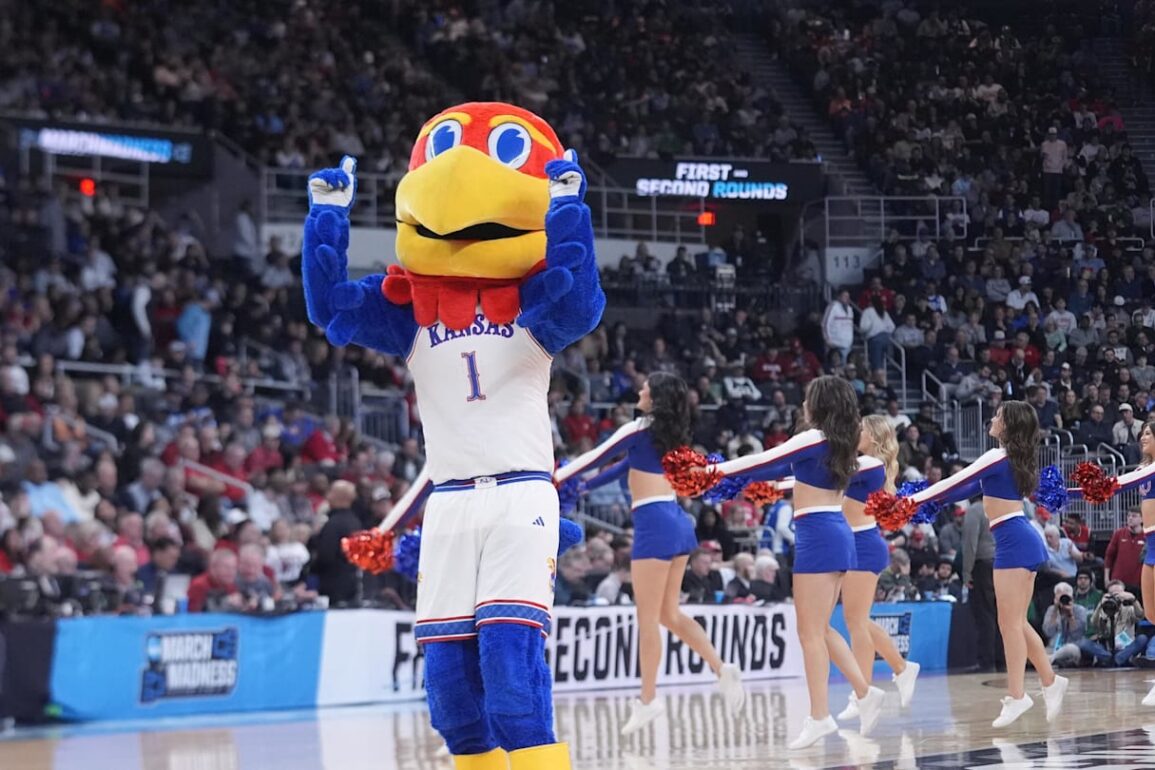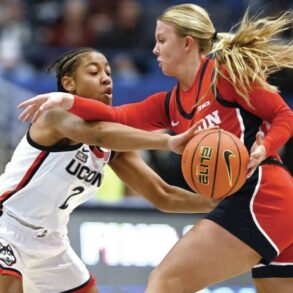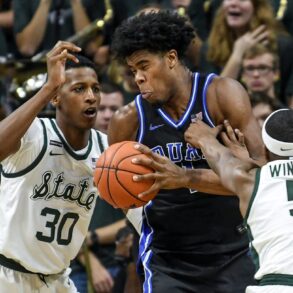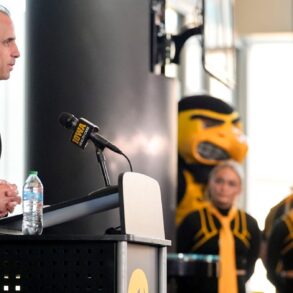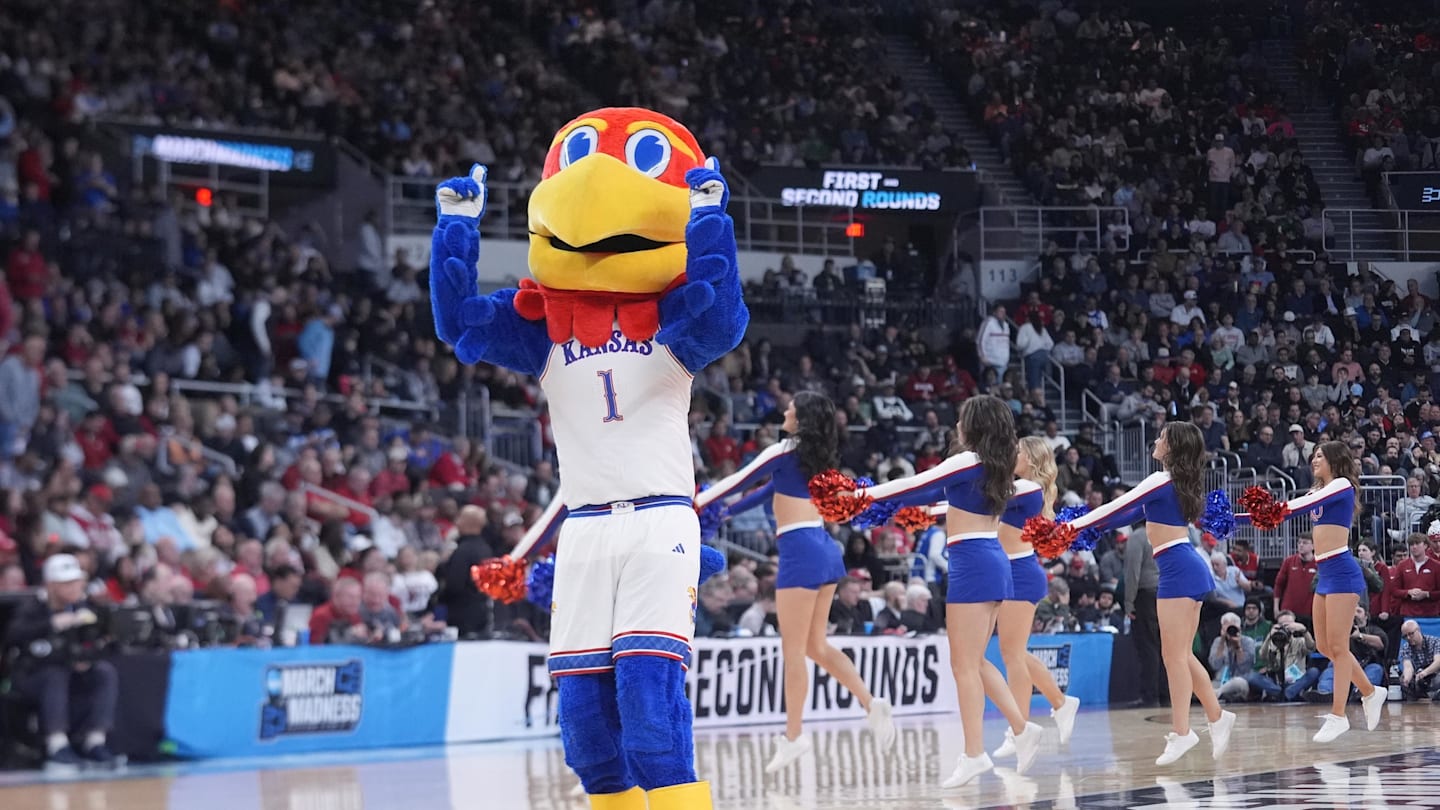
Kansas is college basketball history.
KU’s first season was 1898 under head coach James Naismith – yes, that Naismith, the inventor of the sport, and it’s been a national powerhouse ever since.
How good is Kansas basketball? In 127 years it suffered just 18 losing seasons, and almost all came well before anyone reading this was ever born – the last one was 1983, and before that 1973.
This is the darkest blue of blue blood college basketball programs. So where does it rank among the other top historical basketball schools?
College Football News did the blue blood ranking thing for football for years, and expanded it to basketball using a basic formula for the rankings.
How many 20-win seasons has the school banked? It’s a basic round cutoff, and it represents the historical greatness of a program.
It’s hard to have a ton of 20-win seasons considering most schools didn’t have high-end basketball programs when places like Kansas were going 21-2 in 1935.
(By the way, some places – like Indiana – don’t have as many 20-win seasons as you might think.)
It’s also about consistency. Now, 20 wins is often the baseline just to get into the NCAA Tournament.
To make the blue blood list, a school makes the blue blood list with at least 45 20-win seasons and at least one national title. Or …
You’re considered a college basketball blue blood if you won three or more NCAA Championships.
Some schools like BYU have plenty of 20-win seasons, but no national championships. NC State has 44 20-win campaigns and two national championships.
Kansas has the wins and the championships.
Check out the full list of the top 50, and the 10 Blue Blood Programs, here – so where did Kansas rank?
Fifth.
The Jayhawks are tied with Louisville with 54 20-win seasons – one fewer than UCLA, five fewer than Duke, ten fewer than North Carolina, and 14 fewer than Kentucky.
The Wildcats have eight national titles, North Carolina six, Duke has five, UCLA leads the way with 11, and Kansas, of course, has the four: 1951-1952, 1987-1988, 2007-2008, and 2021-2022.
This post was originally published on this site be sure to check out more of their content.





